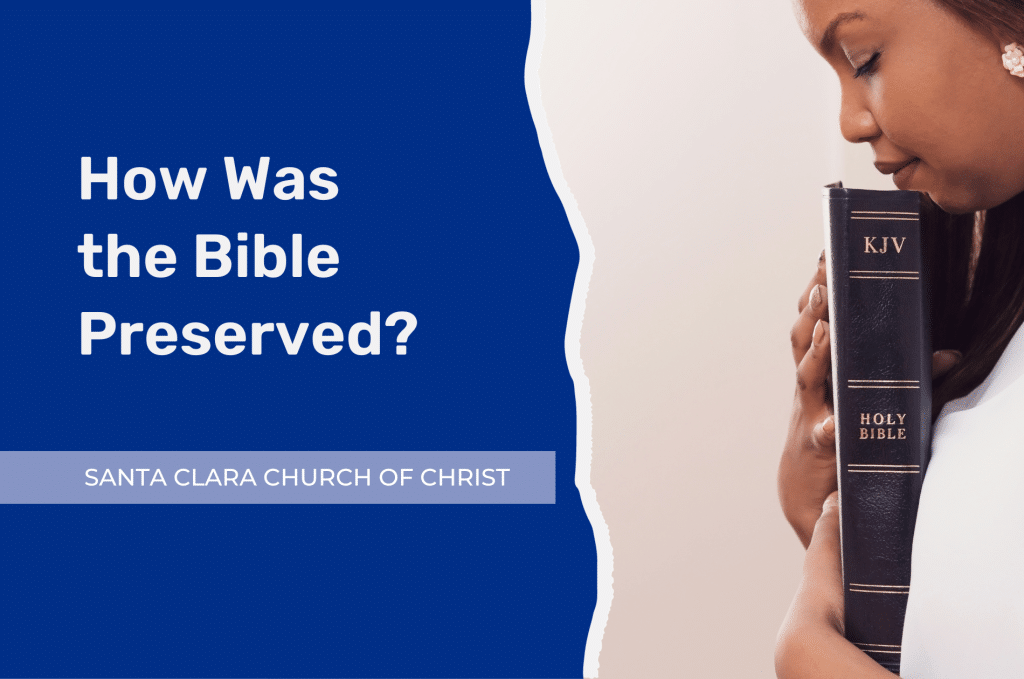Ancients poets and philosophers – including notables such as Homer and Socrates – published their works by proclaiming them orally. Pindar wrote lyric poems to be recited for athletic champions when they returned from the games.
Jesus also published the good news by oral proclamation and never personally wrote out his sermons, so far as we know. Just as Plato preserved the teachings of his mentor, Socrates, Jesus’ disciples were commissioned to safeguard the teachings of Jesus.
Even when such messages were later recorded for posterity, the compositions were structured more for the ears than the eyes. Repetition of key terms would help listeners follow the line of thought.
For example, in the Sermon on the Mount, Jesus repeats the formula, “You have heard that it was said… But I say to you…” (Mt. 5:21-48). These and other transition markers helped hearers follow the main points.
The role of a king’s “herald” was to go from town to town throughout the realm announcing royal proclamations. Thus, in Biblical times, publication was as much “oral” as it was “written,” even when a message was put to writing.
In Galatians 6:6, both the one “who is taught” and the “one who teaches” translate a form of the Greek word katecheo, from which the later Roman Catholic tradition of “catechism” is derived. In the New Testament period, this term was used of “oral proclamation… a teacher rehearsing Jesus’ words and deeds, with the congregation orally repeating what was taught and committing it to memory. (This was the way nearly all teaching occurred in hellenistic times)” (Philip Comfort, Encountering the Manuscripts, p. 3).
In the case of the Gospels, we should understand that the basic information was published orally for many years before the written text came to market. When it comes to the shift between oral proclamation and the Gospels as we now have them (in writing), we might think in terms of releasing a new edition of a book in a repackaged format.
This is why Luke says, “Many have undertaken to compile a narrative” of these things prior to the existence of “many” Gospel accounts in their present form (Lk. 1:1).
The Word was Transcribed
In order to make available widespread, long-term access to the Word of God, the message had to be chronicled in written form.
Concerning the interplay between “oral” and “written” communication, Paul writes, “So then, brothers, stand firm and hold to the traditions that you were taught by us, either by our spoken word or by our letter” (2 Thess. 2:15).
In light of his imminent death by execution, after which face-to-face oral instruction would no longer be possible, Peter hastened to put material into writing, “so that after my departure you may be able at any time to recall these things” (2 Pet. 1:14-15).
In the same epistle, he alludes to Paul and “all his letters” along with “the other Scriptures” (3:15-16). It is possible that a bound collection of Paul’s epistles was already circulating, but at minimum they were already somewhat widespread and recognized as Scripture.
This is remarkable, first, because all copying and distribution involved a slow, painstaking process; and second, because the lag time between publication of Paul’s letters and the writing of 2 Peter would have been short.
When a New Testament Gospel or epistle was published, there were several key steps.
The Author Writes the Book
Oftentimes books (especially letters) were dictated to an amanuensis (or scribe), who would record the speaker’s words, perhaps in shorthand, and then produce a transcript, which the author could review, edit, correct, and sign in his own handwriting.
Paul dictated Romans to Tertius (Rom. 16:22) and Peter dictated 1 Peter to Silvanus (or Silas) (1 Pet. 5:12). The Gospel of Mark probably preserves the oral teaching of Peter, written by Mark, as early Christian history attests.
In some cases, the scribe may have also translated or slightly polished dictated thoughts before the writer signed off on the original text. This may account for stylistic differences between 1 and 2 Peter, or differences between the Johannine writings and the Book of Revelation.
Paul evidently dictated several epistles and signed the closing salutation with his own hand (Gal. 6:11; 2 Thess. 3:17). This special calligraphy would have been a safeguard of authenticity to the original recipients.
Sometimes, There Was an Intermediate Editing Process
For some New Testament books, there may have been little difference between the authorized autograph and the published text. Galatians was written in the heat of the moment, with little or no editing.
On the other hand, the four Gospels, Romans, Hebrews, and 1 Peter were written for wide original audiences and may have undergone editorial revision. In such cases, the original autograph would be tantamount to a “first draft.”
The Book of Revelation appears to have been recorded by John as he saw the visions (see 10:4), and then he published it (quickly?) without correcting certain grammatical mistakes in the Greek.
Some have suggested that the 21st chapter of John may have been added in a second edition of the Fourth Gospel, after a more natural ending of 20:30-31. John 21:24 adds, “And we know that his testimony is true.” Is this the voice of authorized editors, trusted disciples, or perhaps, as some believe, the Ephesian elders?
A Published Archetype is Produced
Philip Comfort writes, “The handwriting of archetypal texts is a different story than the autographs because published archetypal texts would normally have a polished look to them” (Encountering, p. 10).
This was a “master copy” from which additional copies would be made for distribution. In some cases, there was likely a wealthy patron who sponsored or funded the enterprise at the outset. Theophilus may have filled this role for Luke and Acts.
Delivery of the Word
There was no official postal system for the masses in the Roman Empire. Letter writers put their communiques into the hands of trusted envoys.
This served two purposes.
First, this was a form of “certified mail” delivery to a destination, so that the intended recipients would indeed receive their mail.
Second, the one transporting the document had the additional role of verifying the circumstances of its origin, and of filling in any additional details.
The New Testament is full of intriguing clues describing this process (Rom. 16:1-2; 1 Cor. 4:17; Col. 4:7-18; etc.). One of the best-known examples is found near the end of Ephesians – “So that you also may know how I am and what I am doing, Tychicus the beloved brother and faithful minister in the Lord will tell you everything. I have sent him for this very purpose, that you may know how we are, and that he may encourage your hearts” (Eph. 6:21-22).



